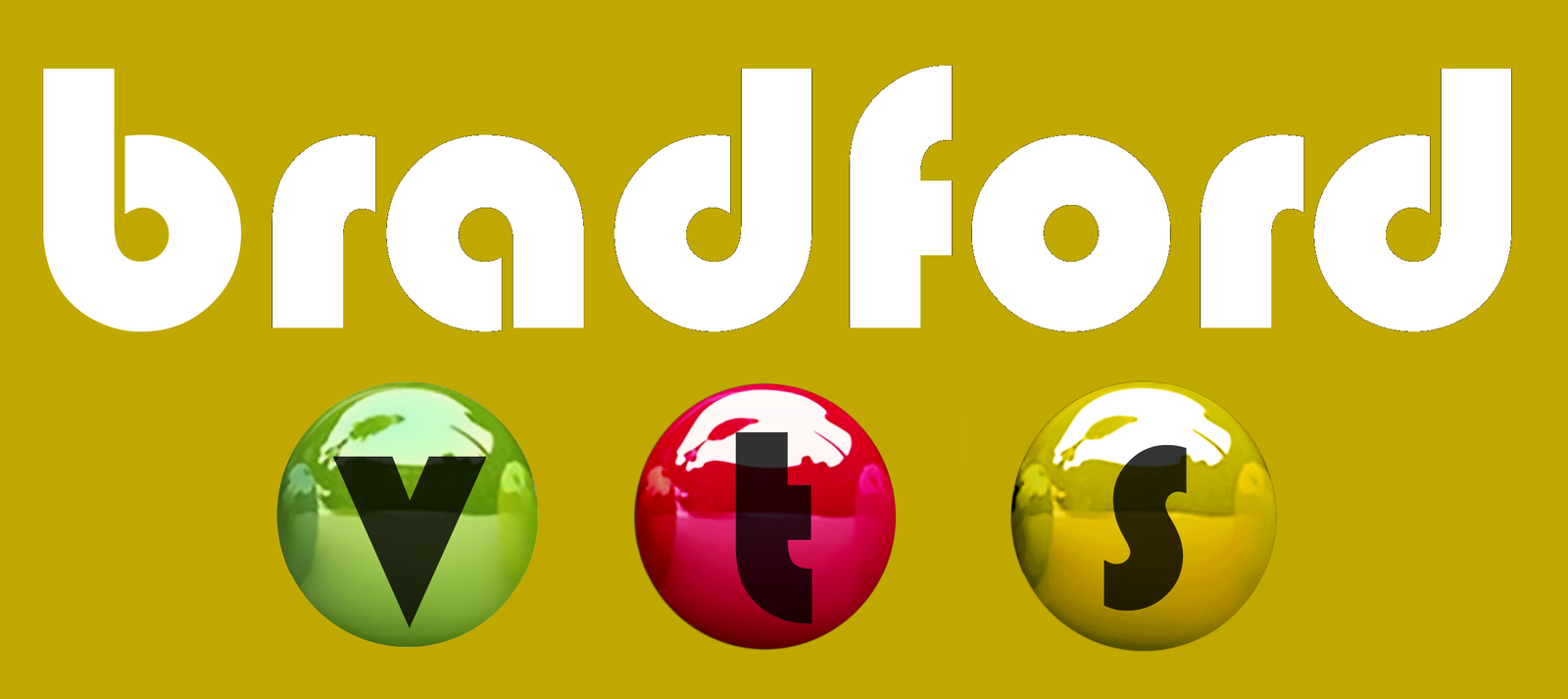Breathe
The state of being comfortable, healthy or happy.

By Karen Forshaw
GP Doncaster (Yorkshire & the Humber)
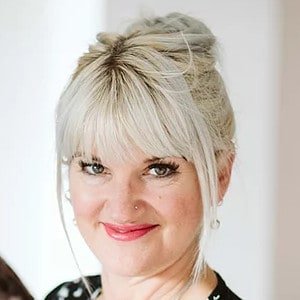
By Chrisssie Mowbray
Chartered Physiotherapist (Yorkshire)
Winter can be a very stressful time of year. The cold weather creates pressures in the surgery and coronavirus restrictions limit us at work and at home. In addition some of you may have received news of exam results that are not what you were hoping for. Others of you will be preparing for exams in soon.
All of this stress adds up, and many will be feeling low and anxious whilst at the same time, feeling you should put on a braze face and get on with it.
In our previous article, we discussed the power of mindfulness. Staying in the present moment prevents rumination over past events and avoids projection into a negative future. Rather than berating ourselves over not having achieved and worrying about what might happen, we can choose to live in the moment where there is rarely a catastrophe. In the present moment, our needs are usually pretty basic: air, food, water, shelter.
But what about those times when the present moment does deliver disaster? The result we are dreading. A complaint. A death……
What then?
In those moments, it is wise to address the things that we can change and accept those things that we cannot. Anything else is a poor use of our energy. How do we first begin to do this in times of crisis? There is one obvious starting point…….
- We breathe
- In and out
- And repeat
- Slowly and deeply
- Taking our awareness only to the ‘in and out’ of our breath.
Breath is synonymous with life. We all know the importance of breathing and yet we often forget to make it a conscious tool to improve our wellbeing.
Awareness of breath is a prerequisite to improving resilience.
We have both reported various incidents in our daily lives where we remember feeling that we “forgot to breathe.”
Times when our shoulders are up around our ears, our brow furrowed and jaw clenched. We are fully engaging with the cause of our stress and adding muscular tension and poor gaseous exchange into the mix.
We are using our accessory muscles to breathe and this is inefficient. We cannot function effectively this way. Our decision making and performance is impaired.
What if we made our breathing a conscious activity?

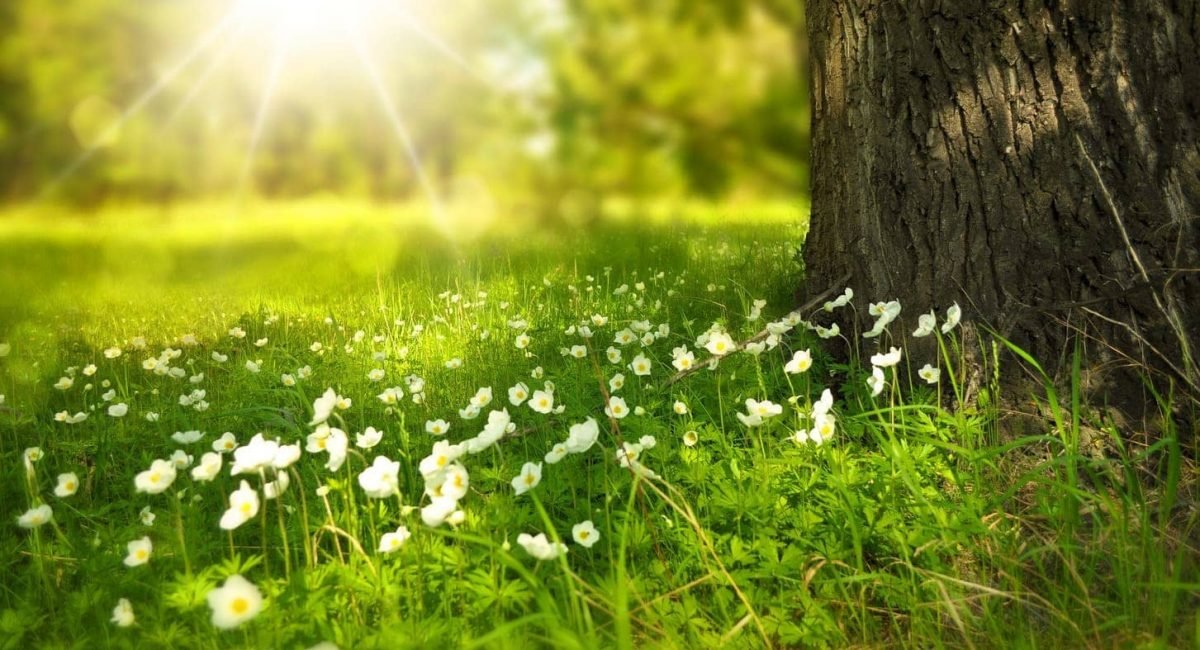
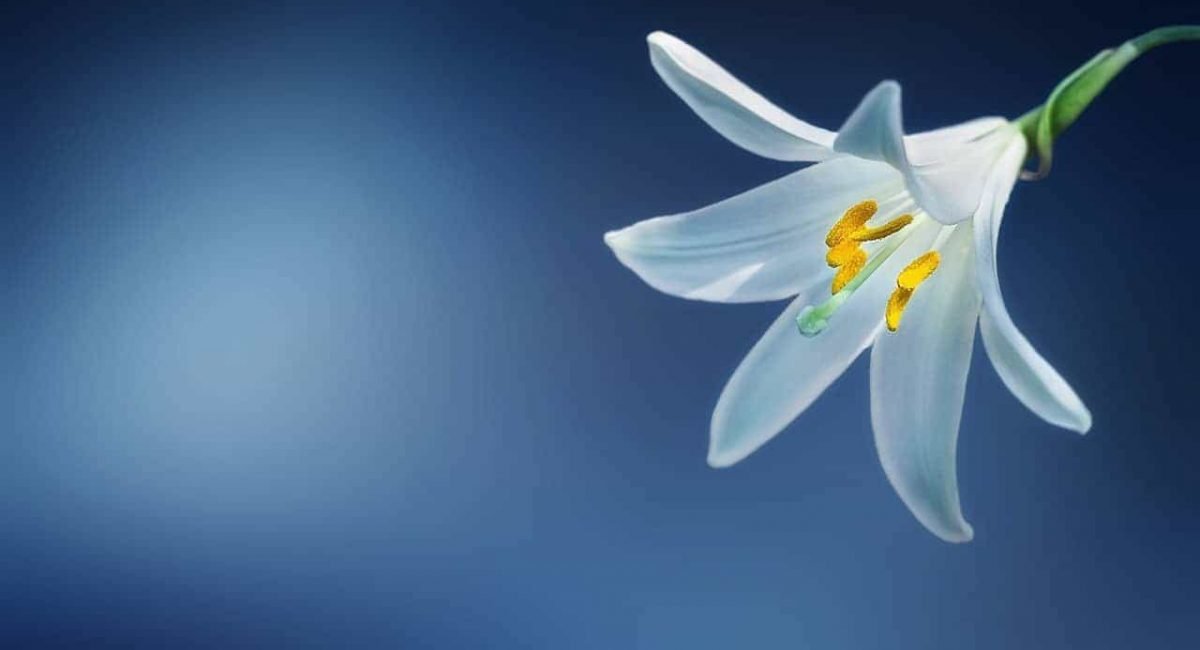








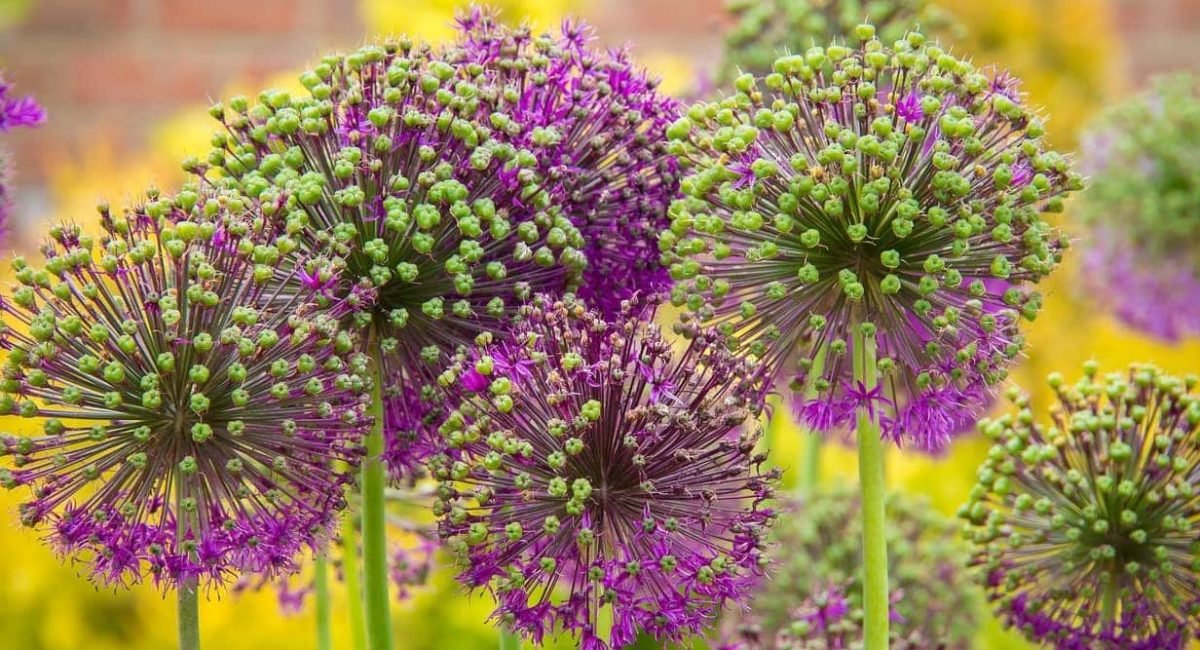



Whenever you feel overwhelmed, anxious or afraid, try this exercise to harness the power of your breath:
- Sit up straight, drop your shoulders, allowing your shoulder blades to fall down and come together
- Unclench your jaw and relax your face.
- Place one hand on your chest and one on your abdomen
- Breathe in slowly and deeply through your nose
- Take the breath down to the bottom of your lungs
- Keep the hand on your chest still and allow the hand on your abdomen to rise
- See how far out you can push the bottom hand
This is diaphragmatic breathing.
Using your diaphragm and abdominal muscles to expand the chest cavity downwards, creating a negative pressure that pulls air into the bottom of the lungs. Now you are utilising your full lung capacity. Encouraging maximum oxygen exchange. Diaphragmatic breathing stimulates the vagal nerve, activating the parasympathetic nervous system and the ‘Relaxation Response’. Use this exercise whenever you need it…
- On the way to work
- Before an exam or interview
- When you hear bad news
Cultivate the habit of making your breathing a conscious activity, and feel the benefits.
Follow this link for a meditative breathing exercise to dispel negative energy and create a positive frame of mind:
How to Breathe (resilientpractice.co.uk)
Follow this link for a breathing technique to stop a panic attack:
